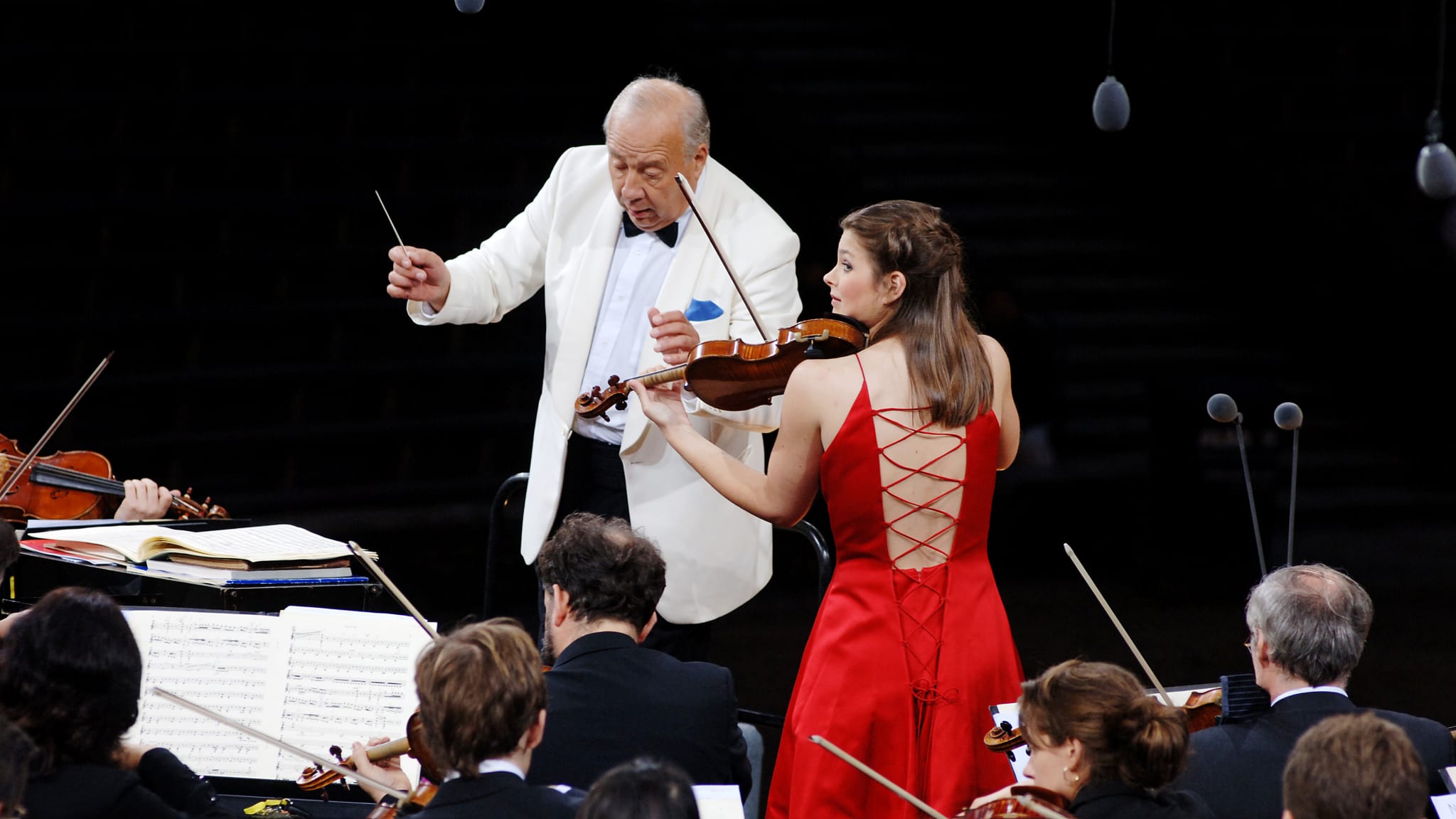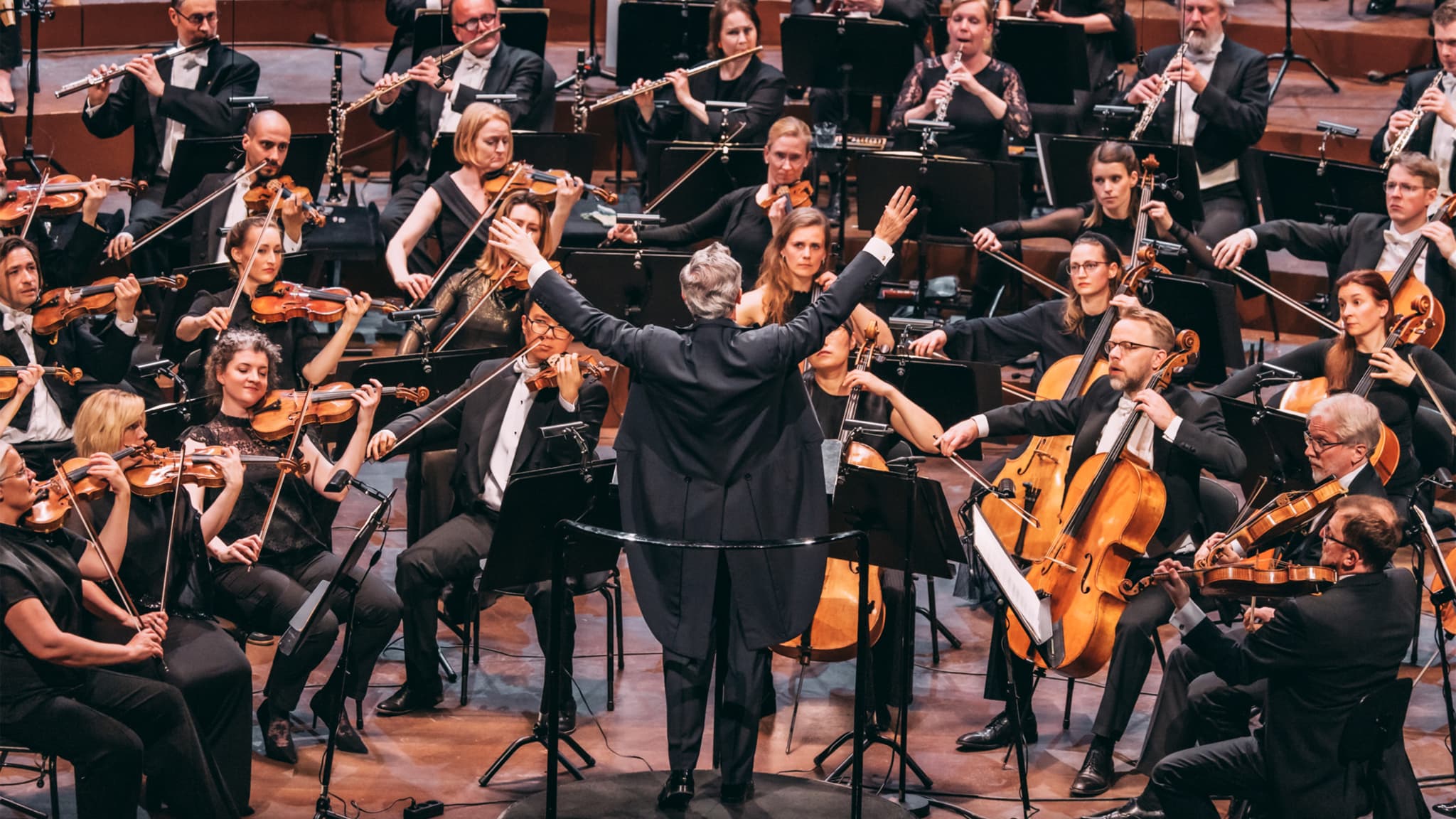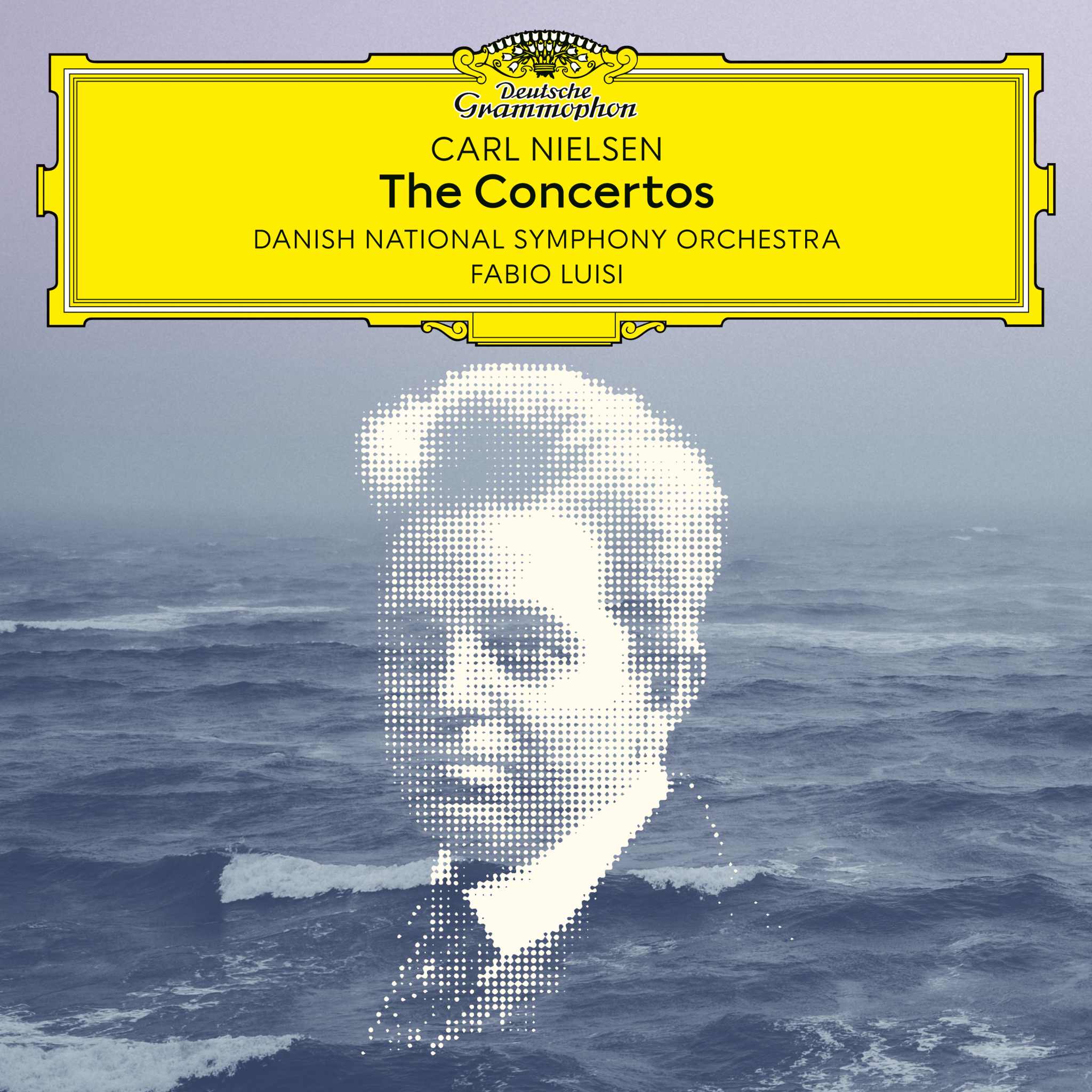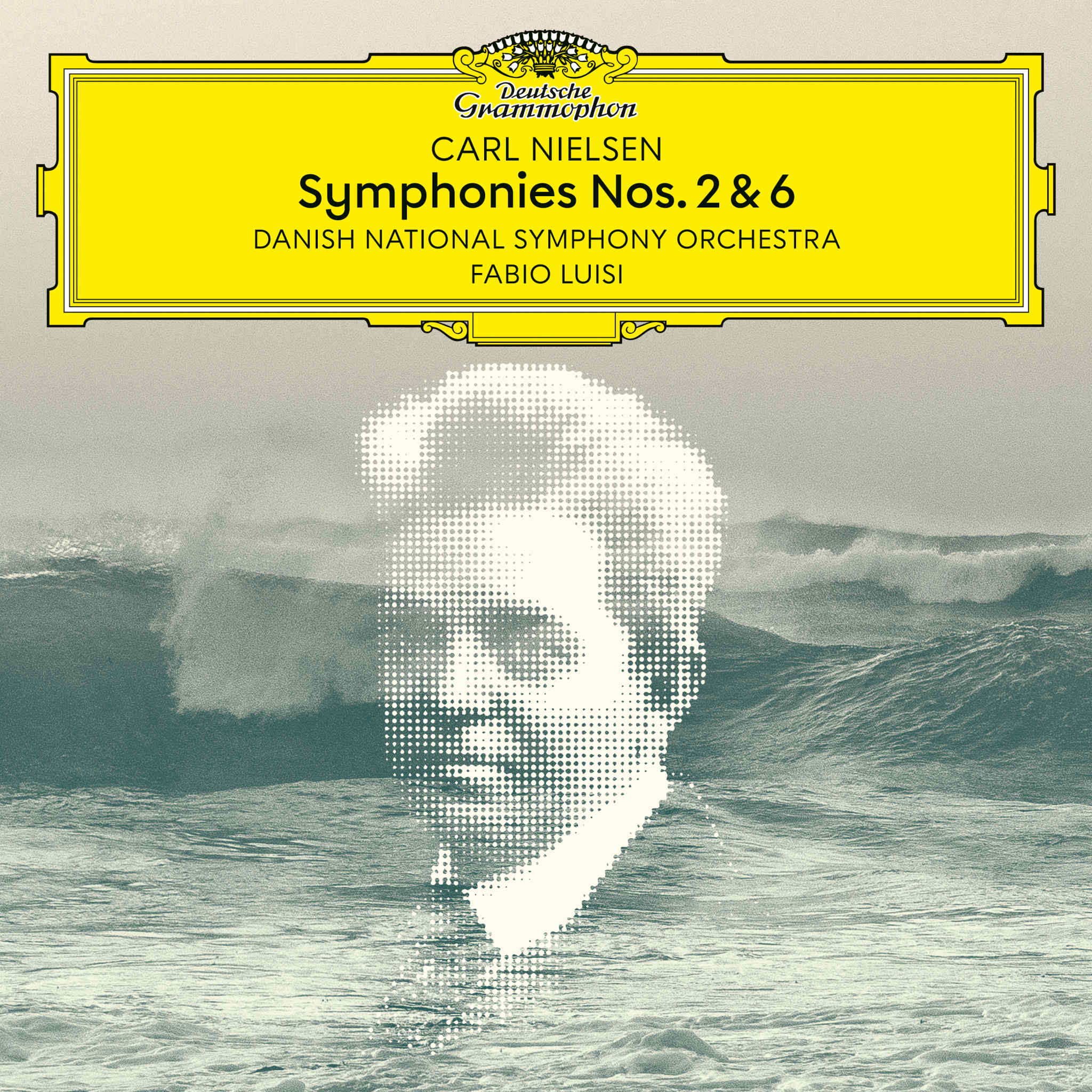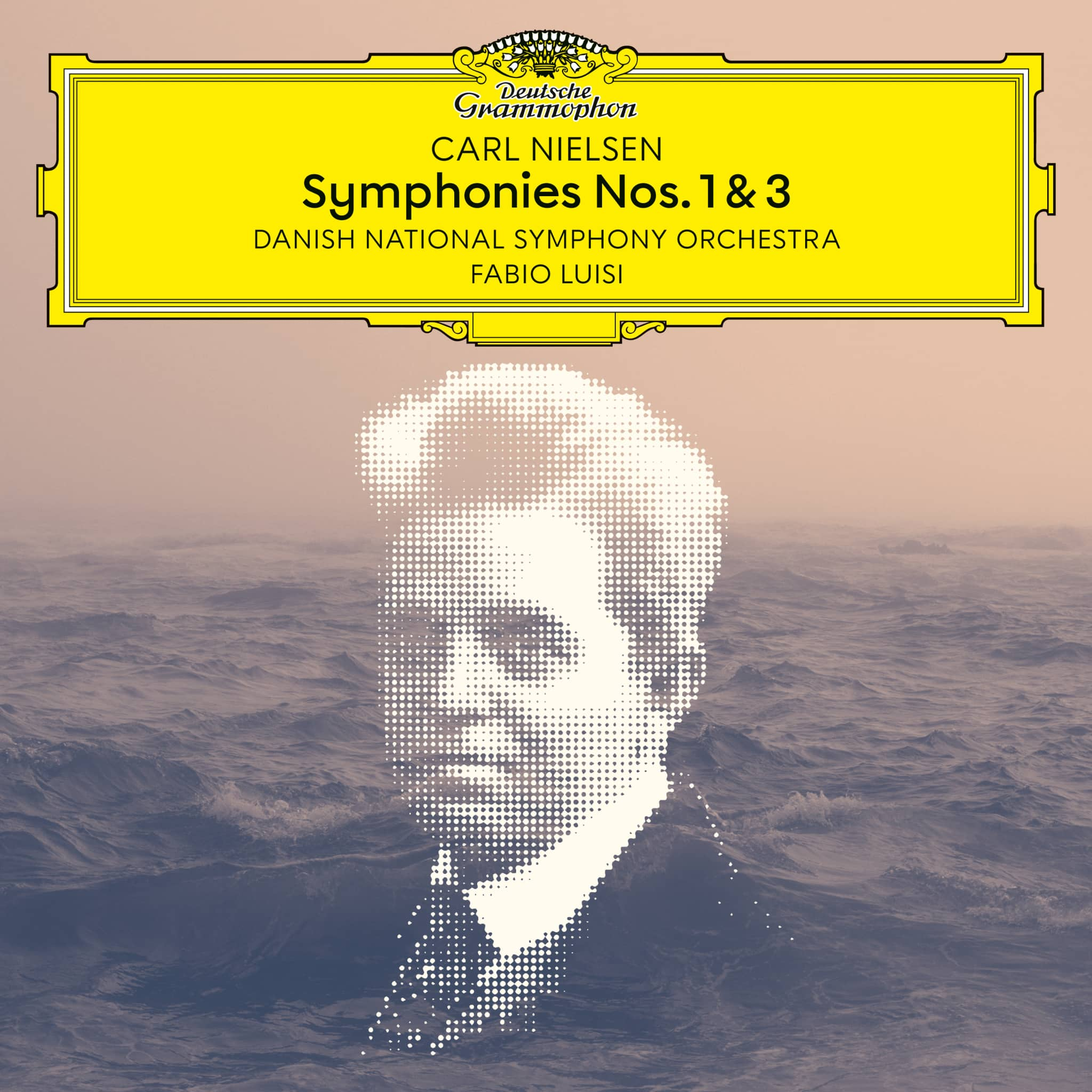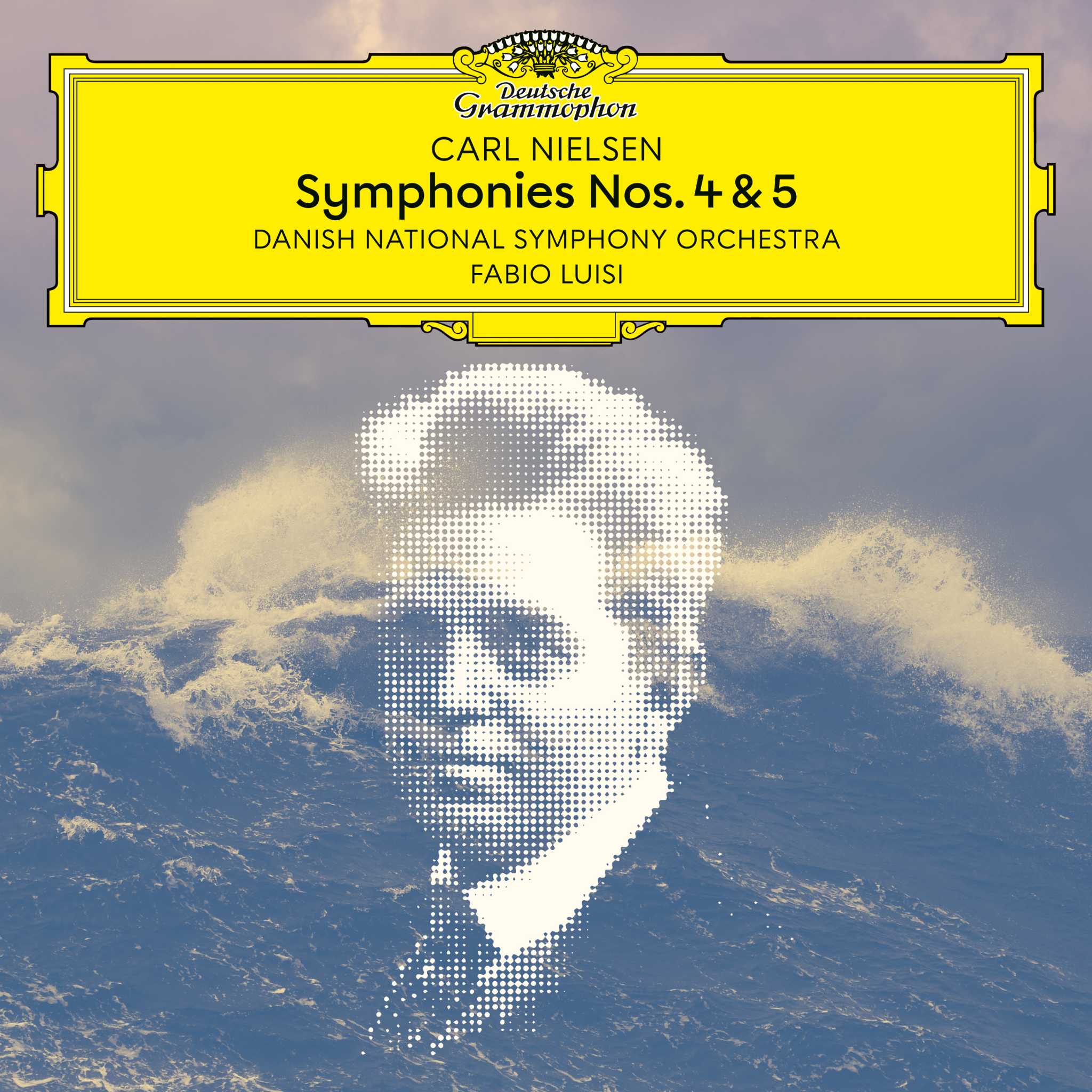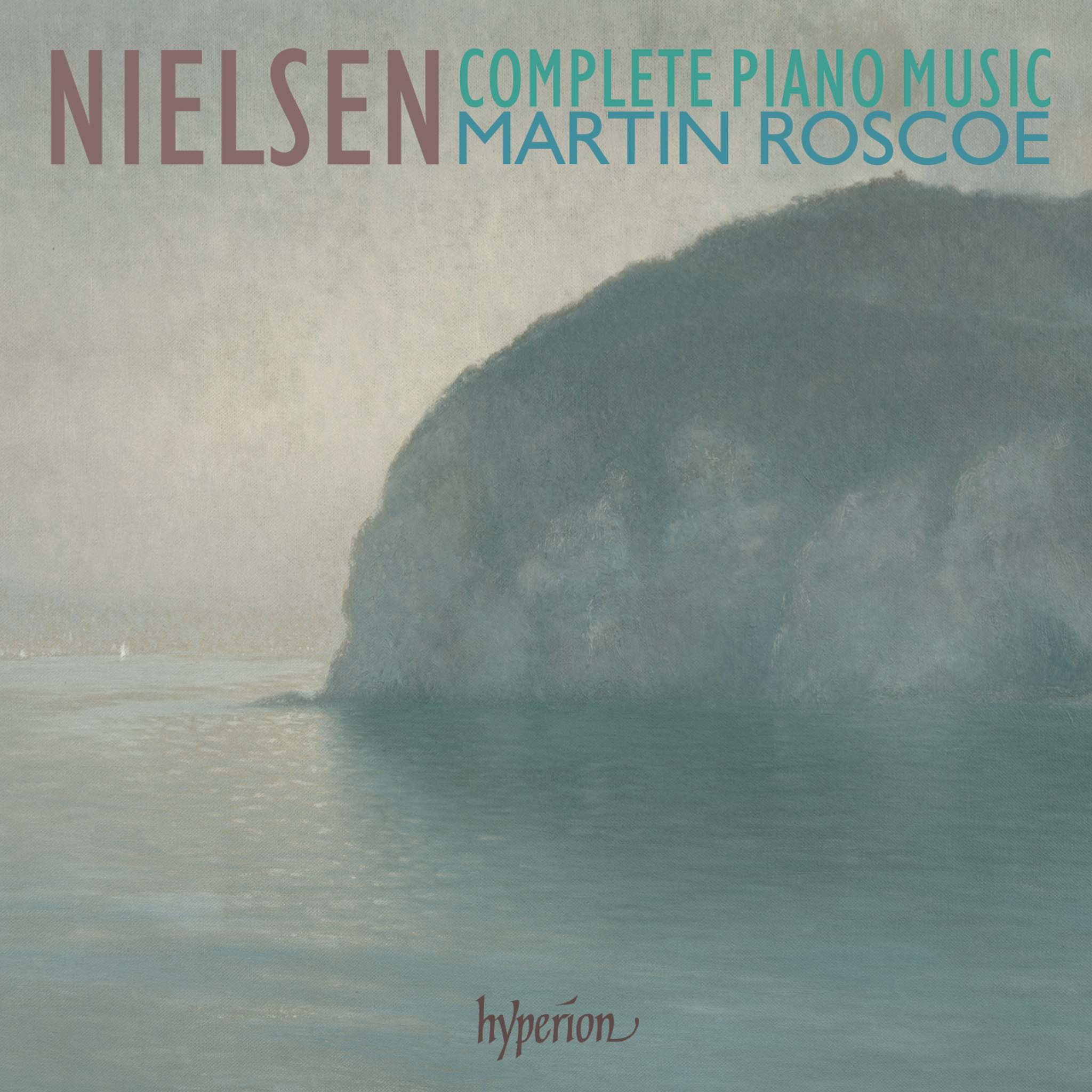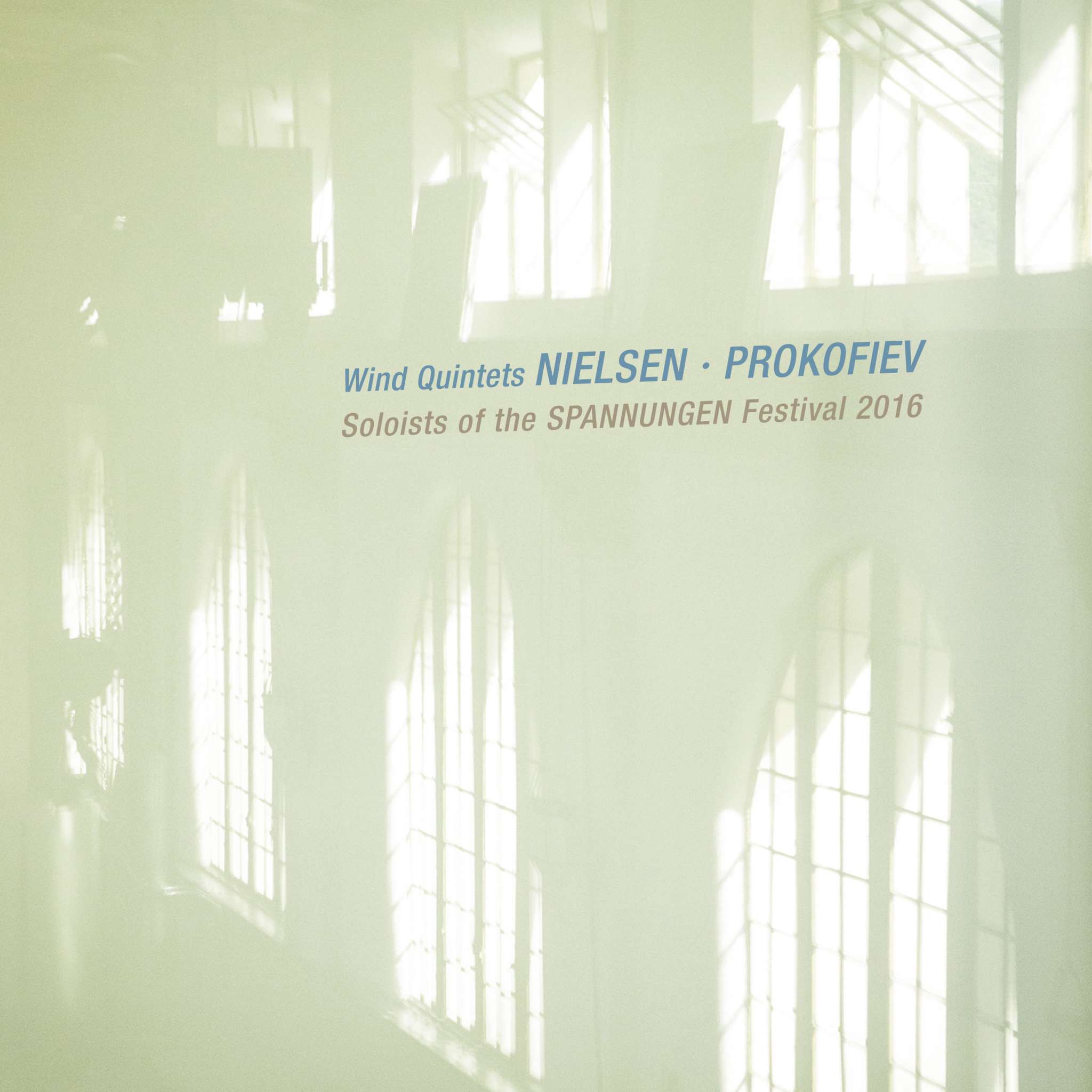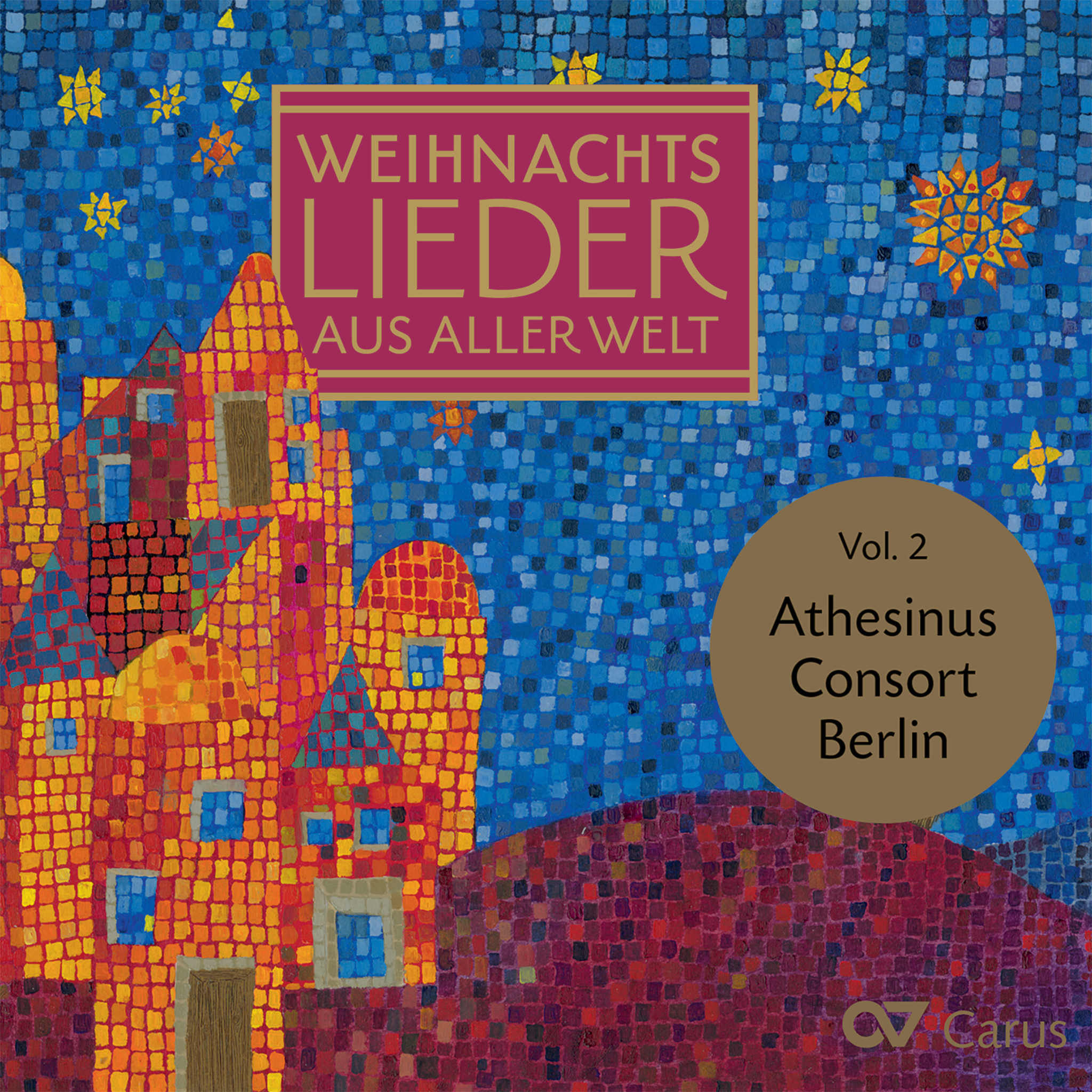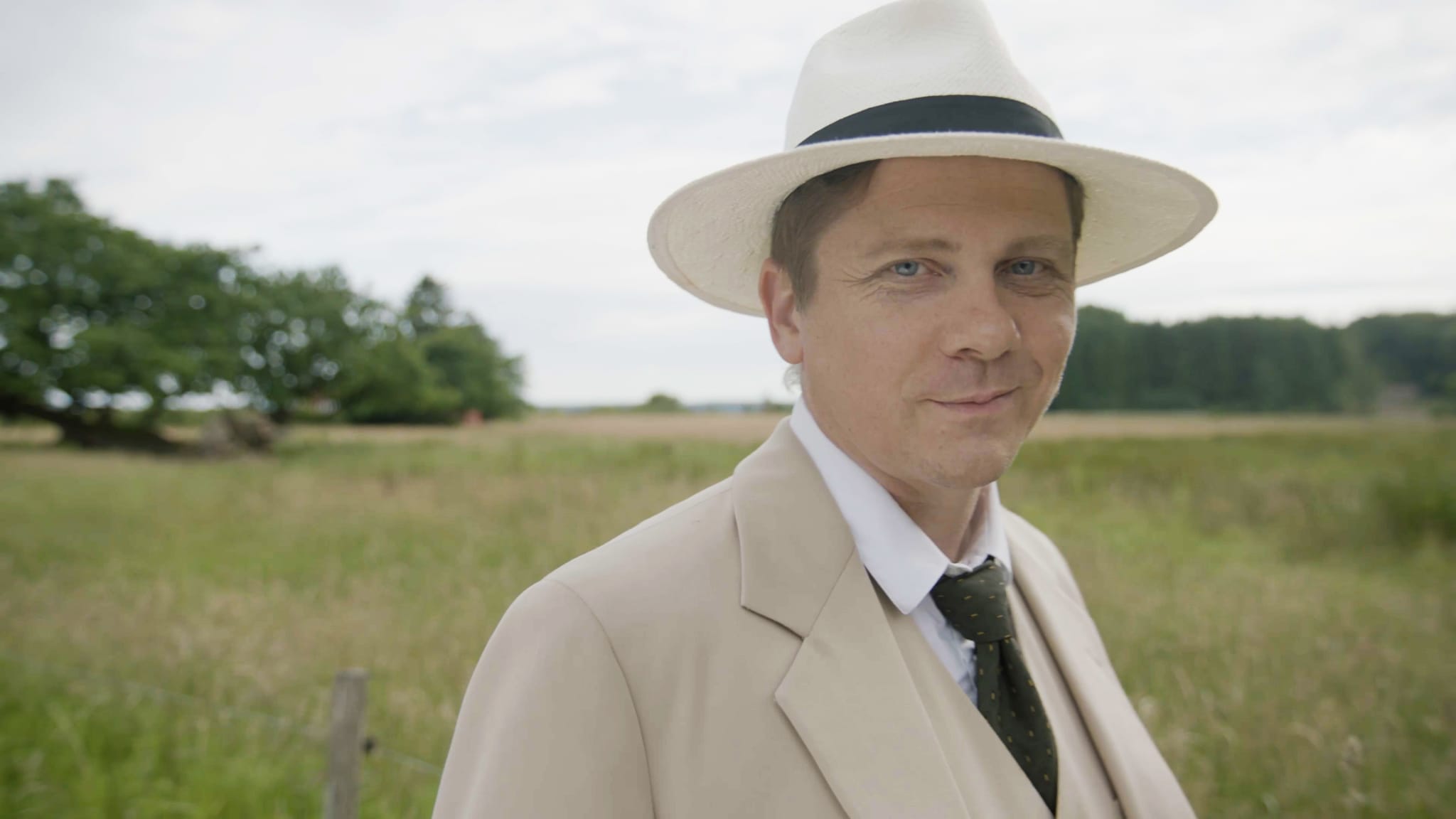Concerts and Operas
Albums
Appears On
AboutCarl Nielsen

Carl Nielsen's childhood in rural Denmark was not wealthy, but it was full of music: his father was a dance band fiddler and the young Carl learned from him, before joining the Danish army as a bugler at the age of 14. After studying in Copenhagen he joined the orchestra of the Royal Theatre, and played in the second violins when his own First Symphony was premiered in 1894.
Nielsen's energetic, individualistic personality informed his approach both to composition and to life; he married the sculptor Anne Marie Brodersen in 1891, and their marriage – though often tempestuous – was sustained by shared artistic ideals. Between 1888 and his death Nielsen composed in most major classical forms. His part-songs are sung throughout Denmark, and his operas Saul and David (1901) and Maskarade (1906) are considered national classics. His concertos for flute, clarinet and violin have been taken up internationally. But his most significant achievement remains his cycle of six symphonies, including "The Four Temperaments" (1902), "Sinfonia Espansiva" (1911) and the wartime Symphony No.4 ("The Inextinguishable") (1916), in which a bracing approach to tonality and an explosive sense of instrumental theatre express Nielsen's lifelong belief in the power of the human spirit. He stands alongside Sibelius as Scandinavia's pre-eminent 20th-century composer, and one of the most original and influential of all symphonists.

